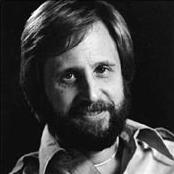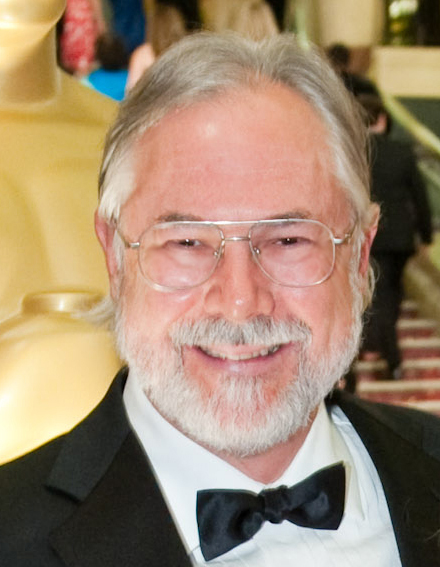
Title
Date
Description
Multiple Available
There are multiple entries on this date. You can modify the date range below to see them all.
Larry Cuba
Established Date: Sept. 17, 1950
- All
- pioneer
- artist
- research
- academic
- co-founder
- feature film
- WestWorld
- FutureWorld
- Tron
- Producer
- visual effects
- SIGGRAPH
- Animation
- previsualization
- visual effects supervisor
- Pioneer
-
Larry Cuba is widely recognized as a pioneer in the use of computers in animation art. Producing his first computer animation in 1974, Cuba was at the forefront of the computer-animation artists considered the "second generation" --- those who directly followed the visionaries of the sixties: John Whitney, Sr., Stan Vanderbeek and Lillian Schwartz.
-
 Larry Cuba
Larry Cuba -
 Calculated Movements - 1985
Calculated Movements - 1985 -
While still a graduate student at The California Institute of the Arts, he was convinced of the artistic potential of computer graphics, but this was years before art schools began teaching the subject. Cuba's solution was to solicit access to the mainframe computers at NASA's Jet Propulsion Lab and teach himself computer animation by producing his first film, First Fig. In 1975, John Whitney, Sr. invited Cuba to be the programmer on one of his films. The result of this …
bio -
 John Whitney
John Whitney -
 Jet Propulsion Laboratory ( JPL )
Jet Propulsion Laboratory ( JPL ) -
 Electronic Visualization Laboratory (EVL)
Electronic Visualization Laboratory (EVL) -
 Robert (Bob) Abel
Robert (Bob) Abel -
 Star Wars
Star Wars -
 Information International Inc. (III, Triple-I)
Information International Inc. (III, Triple-I) -
 Gary Demos
Gary Demos -
 Terrence Masson
Terrence Masson
bio
While still a graduate student at The California Institute of the Arts, he was convinced of the artistic potential of computer graphics, but this was years before art schools began teaching the subject. Cuba's solution was to solicit access to the mainframe computers at NASA's Jet Propulsion Lab and teach himself computer animation by producing his first film, First Fig. In 1975, John Whitney, Sr. invited Cuba to be the programmer on one of his films. The result of this collaboration was Arabesque. Subsequently, Cuba produced three more computer-animated films: 3/78 (Objects and Transformations), Two Space, and Calculated Movements. These works were shown at film festivals throughout the world---including Los Angeles, Hiroshima, Zagreb and Bangkok---and have won numerous awards. Cuba's been invited to present his work at various conferences such as Siggraph, ISEA, Ars Electronica, and Art and Math Moscow and his films have been included in screenings at New York's Museum of Modern Art, The Hirshhorn Museum, The San Francisco Museum of Modern Art, The Art Institute of Chicago, The Amsterdam Filmmuseum and the Isetan Museum of Art, Tokyo. Cuba received grants for his work from the American Film Institute and The National Endowment for the Arts and was awarded a residency at the Center for Art and Media Technology Karlsruhe (ZKM). He has served on the juries for the Siggraph Electronic Theater, the Montpellier Festival of Abstract Film, The Ann Arbor Film Festival and Ars Electronica. In the pure form of abstraction that Cuba pursues, visual perception is paramount. But because the images are generated via algorithms written in computer language, there is a paradox in trying to use words to describe images for which words do not exist.
Larry Cuba is widely recognized as a pioneer in the use of computers in animation art. Producing his first computer animation in 1974, Cuba was at the forefront of the computer-animation artists considered the "second generation" --- those who directly followed the visionaries of the sixties: John Whitney, Sr., Stan Vanderbeek and Lillian Schwartz.
